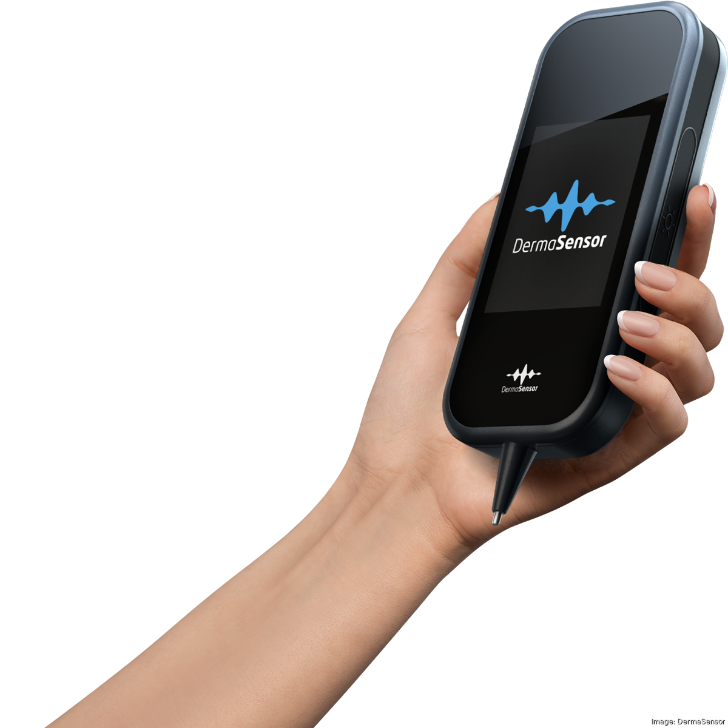

DermaSensor Inc. is a Miami-based connected medical device company that seeks to enable healthcare professionals to efficiently check for skin cancer by leveraging cutting-edge technologies. The DermaSensor™ device concept is for an affordable handheld tool that uses artificial intelligence and spectroscopy to evaluate skin lesions for potential cancer in a matter of seconds. By enabling quick and effective skin cancer checks, DermaSensor ultimately hopes to improve skin cancer detection and to save lives.
To speak to a representative of DermaSensor please contact press@dermasensor.com

